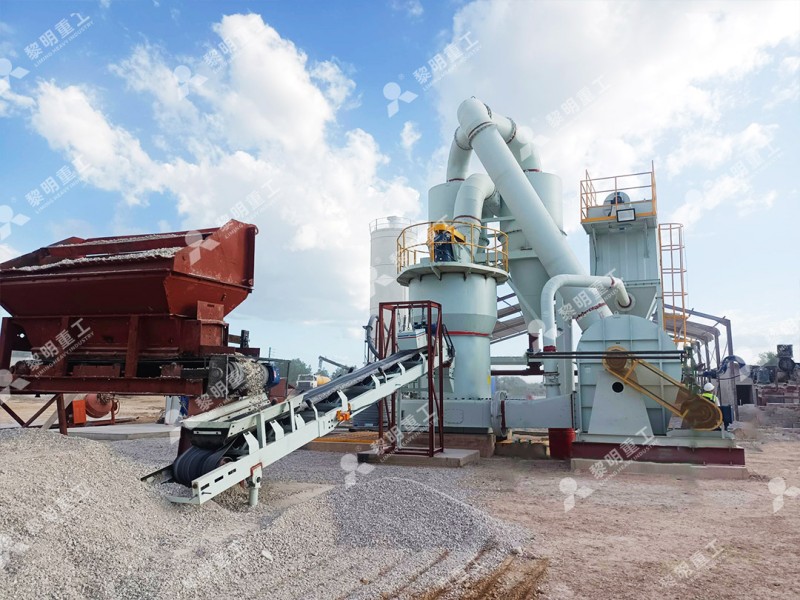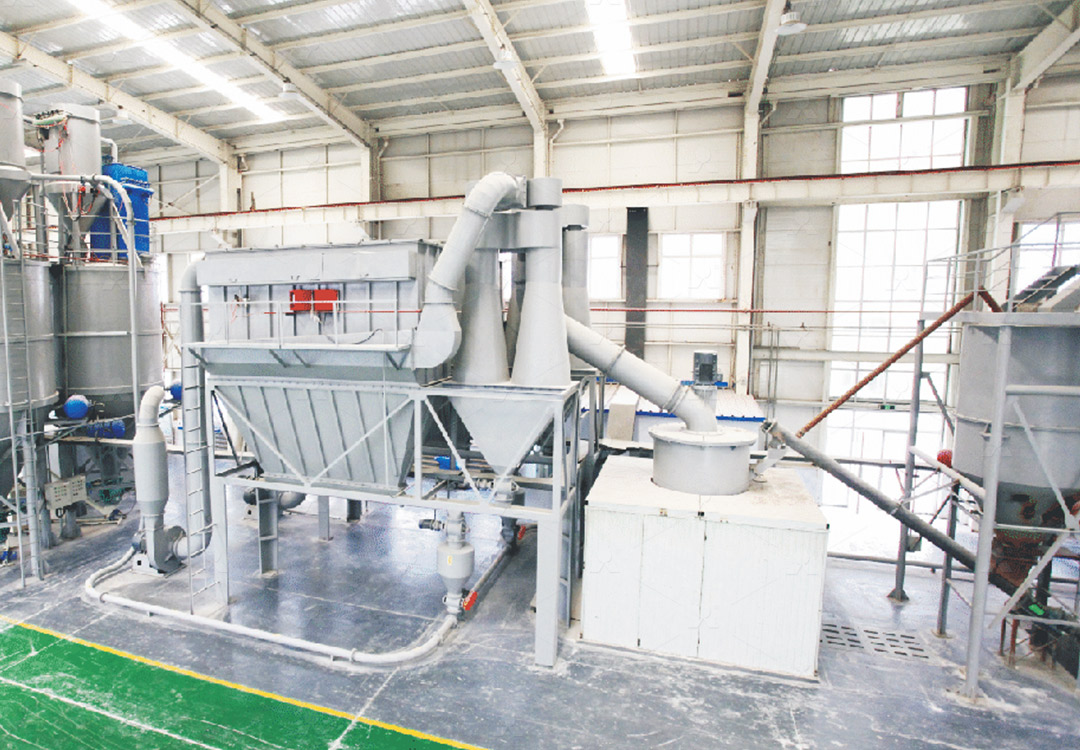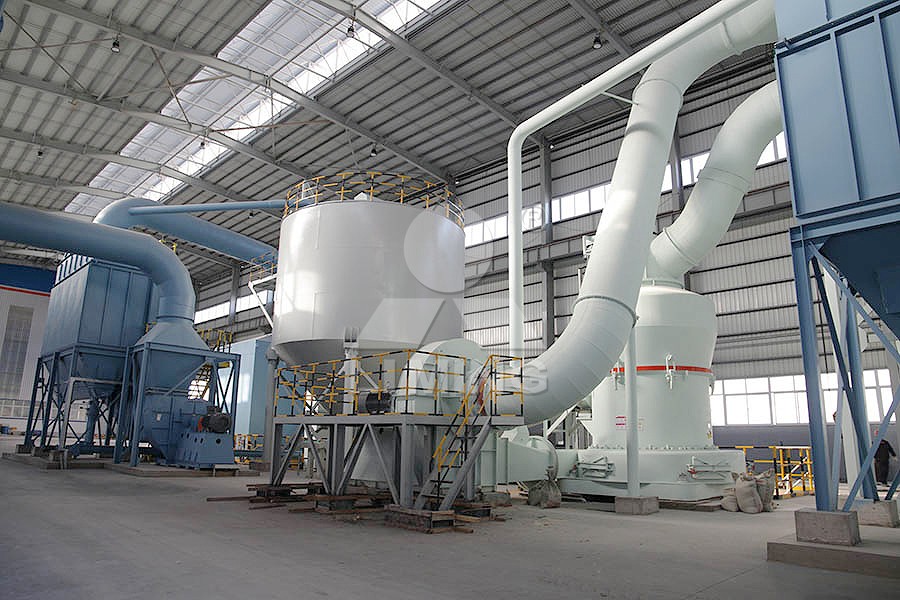Fluorite Ore Grinding Mill Equipment Selection Guide
Fluorite Ore Grinding Mill Equipment Selection Guide
Selecting the appropriate grinding equipment for fluorite ore processing represents a critical decision that directly impacts operational efficiency, product quality, and overall profitability. Fluorite, valued for its diverse industrial applications ranging from metallurgy to chemical production, demands precise particle size control and consistent grinding performance. This comprehensive guide examines key considerations for equipment selection while highlighting optimal solutions for various production requirements.

Key Selection Criteria for Fluorite Grinding
When evaluating grinding equipment for fluorite processing, several technical parameters demand careful assessment. Production capacity requirements, ranging from small-scale operations to high-volume industrial processing, must align with equipment capabilities. The target particle size distribution represents another crucial factor, as different applications require specific fineness levels. Energy consumption per ton of processed material directly affects operational costs, while equipment footprint and installation requirements influence capital investment. Maintenance complexity, spare parts availability, and environmental compliance considerations complete the essential evaluation matrix.
Modern fluorite grinding operations increasingly prioritize energy efficiency and environmental sustainability. Advanced mill designs incorporate sophisticated dust collection systems, noise reduction technologies, and automated controls that minimize human intervention while maximizing consistency. The transition from traditional ball mills to more specialized equipment has demonstrated significant improvements in both operational economics and product quality.
Recommended Solutions for Fluorite Processing
For operations requiring ultra-fine fluorite powder with precise particle distribution, the MW Ultrafine Grinding Mill presents an exceptional solution. This advanced system processes materials with input sizes up to 20 mm while delivering throughput capacities from 0.5 to 25 tons per hour. The mill’s innovative design incorporates German cage-type powder selector technology, enabling precise fineness adjustment between 325-2500 meshes with screening rates achieving d97≤5μm in a single pass.
The MW series demonstrates remarkable efficiency improvements, producing 40% higher capacity than jet mills and stirred mills at equivalent fineness and power consumption. Compared to traditional ball mills, the MW Ultrafine Grinding Mill doubles production output while reducing system energy consumption to just 30% of comparable jet milling operations. Its unique chamber design eliminates rolling bearings and screws, preventing common failure points and enabling continuous 24-hour operation.

For operations prioritizing vertical integration and space efficiency, the LUM Ultrafine Vertical Grinding Mill offers compelling advantages. With a compact footprint and input capacity handling materials up to 10 mm, this system delivers 5-18 tph throughput while incorporating the latest Taiwanese grinding roller technology and German powder separation systems. The LUM mill’s unique roller shell and lining plate grinding curve promotes stable material layer formation, enabling high finished product rates through single-pass milling.
The LUM design reduces energy consumption by 30-50% compared to conventional mills while incorporating double position-limiting technology that ensures operational stability during vibration events. Its reversible structure simplifies maintenance procedures, allowing rapid roller removal for inspection and component replacement without extended downtime.
Application-Specific Recommendations
Different fluorite applications demand tailored grinding approaches. Metallurgical grade fluorite typically requires coarser particles (20-100 mesh) where vertical mills and trapezium mills provide optimal efficiency. For chemical and ceramic applications demanding ultra-fine powders (325-2500 mesh), the MW Ultrafine Grinding Mill delivers superior performance with its advanced classification system. When processing fluorite with varying moisture content, mills with integrated drying capabilities prevent material agglomeration and ensure consistent grinding conditions.
The selection between ultra-fine grinding mills and vertical mills often depends on specific product requirements and existing plant configuration. Operations prioritizing extreme fineness and narrow particle distribution benefit from the MW series’ sophisticated separation technology, while facilities seeking comprehensive crushing, drying, and grinding integration may prefer the vertical mill approach.

Frequently Asked Questions
What is the optimal grinding equipment for producing fluorite powder below 10μm?
The MW Ultrafine Grinding Mill specifically addresses this requirement, achieving d97≤5μm through its advanced cage-type powder selector and precision grinding geometry. The mill’s multi-head selector configuration enables exact control over final product fineness.
How does energy consumption compare between different fluorite grinding systems?
Modern ultra-fine grinding mills typically consume 30-50% less energy than traditional jet mills or ball mills. The MW series demonstrates particularly strong efficiency, operating at just 30% of the energy requirement of comparable jet milling systems while doubling the output of ball mills.
What maintenance considerations are most important for fluorite grinding operations?
Equipment without internal rolling bearings and screws in the grinding chamber significantly reduces maintenance requirements. The MW Ultrafine Grinding Mill’s external lubrication system enables maintenance without production stoppages, while the LUM series’ reversible roller design simplifies component replacement.
Can the same equipment process different mineral types beyond fluorite?
Both recommended mills handle various non-metallic minerals including limestone, calcite, dolomite, barite, and talc. The MW Ultrafine Grinding Mill particularly excels with materials requiring precise particle control across chemical, paint, cosmetic, and food additive applications.
What environmental features should be considered when selecting fluorite grinding equipment?
Modern mills incorporate efficient pulse dust collectors that eliminate dust pollution throughout the milling system. Additional noise reduction technologies, including silencers and elimination rooms, ensure compliance with stringent environmental standards while maintaining workforce safety.
